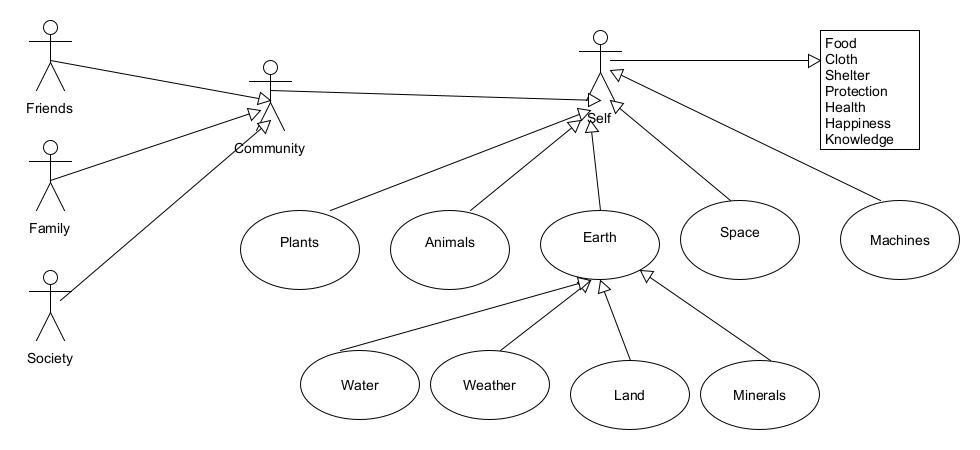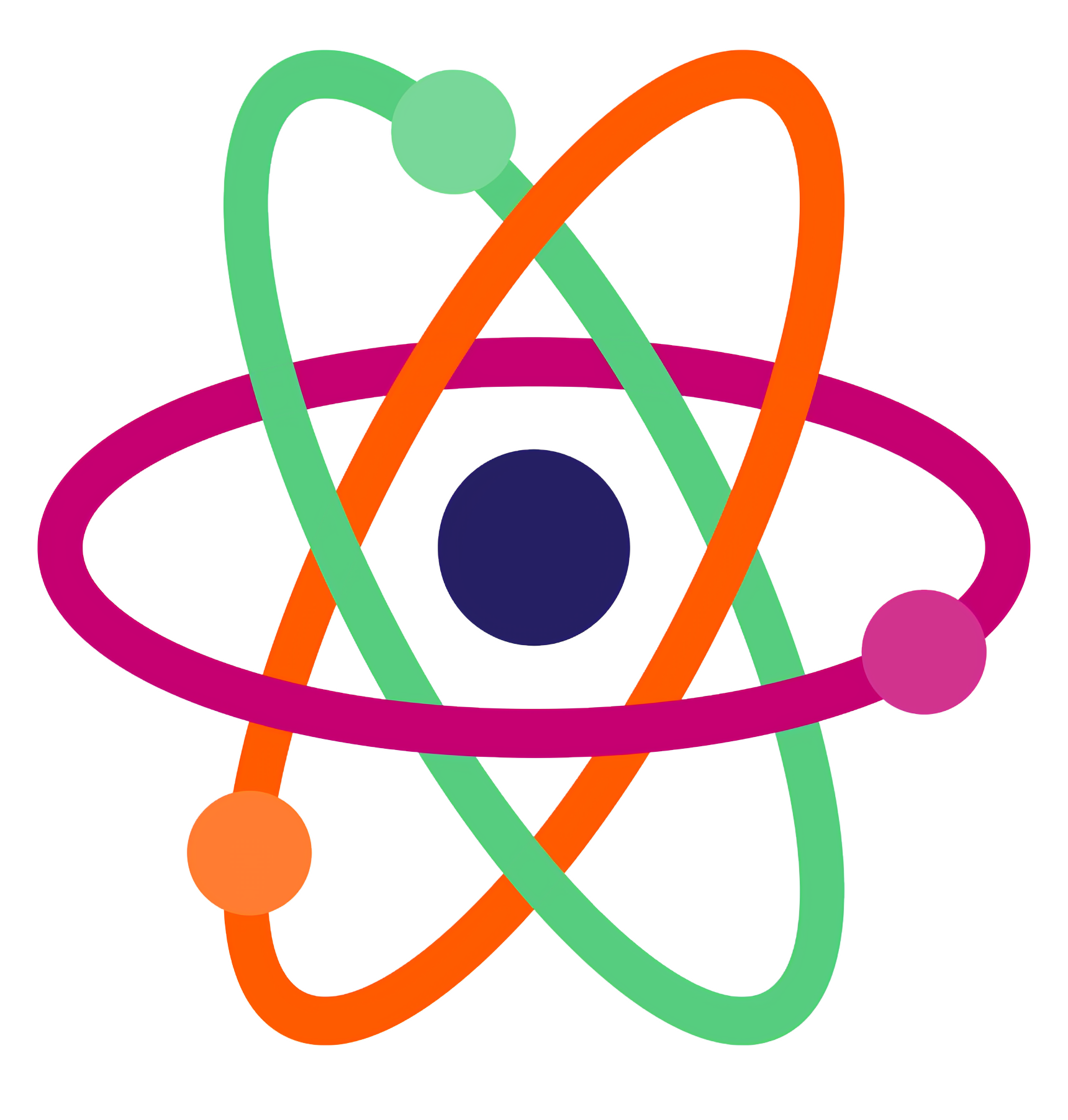
In Grade 3, physical science goals focus on helping students understand matter’s basic properties (e.g., solid, liquid, gas) and how forces, like pushes and pulls, affect motion, enabling them to explain simple phenomena like floating or falling. Life science introduces the characteristics and needs of living things, exploring plant and animal life cycles and adaptations to understand survival in diverse habitats, such as forests or deserts. Students also learn about food chains, recognizing the roles of producers and consumers. These topics encourage hands-on exploration, observation, and asking questions to foster a sense of wonder and build skills in describing patterns and relationships in the natural world.
Earth and space science goals involve exploring Earth’s features, like landforms and weather patterns, to understand how they shape environments, while studying natural resources to promote conservation awareness. Astronomy lessons cover the sun, moon, and stars, connecting their movements to day/night cycles and seasons. In engineering, students engage in simple design projects, such as building structures, to learn the basics of problem-solving and testing solutions. Overall, these goals integrate concepts across disciplines, using interactive activities to make science relatable and engaging, while laying the groundwork for critical thinking and scientific inquiry in future grades.
1. Physical Sciences
- Matter and Its Properties
- States of matter (solid, liquid, gas)
- Physical properties (color, shape, size, texture)
- Changes in matter (melting, freezing, mixing)
- Energy and Motion
- Types of energy (light, sound, heat)
- Forces and motion (push, pull, gravity)
- Simple machines (levers, ramps)
2. Life Sciences
- Living Things and Their Needs
- Characteristics of living vs. non-living things
- Basic needs (air, water, food, shelter)
- Plants and Animals
- Plant life cycles (seed, growth, reproduction)
- Animal life cycles (birth, growth, metamorphosis)
- Adaptations (how plants/animals survive in environments)
- Habitats and Ecosystems
- Types of habitats (forest, desert, ocean)
- Food chains (producers, consumers)
3. Earth and Space Sciences
- Earth’s Systems
- Landforms (mountains, valleys, rivers)
- Weather patterns (temperature, precipitation)
- Seasons and their effects
- Natural Resources
- Soil, water, and air
- Conservation (reusing, reducing)
- Astronomy
- Sun, moon, and stars
- Day and night cycles
4. Engineering and Technology
- Design and Problem-Solving
- Engineering process (ask, imagine, plan, create, improve)
- Simple design projects (building structures, testing solutions)
